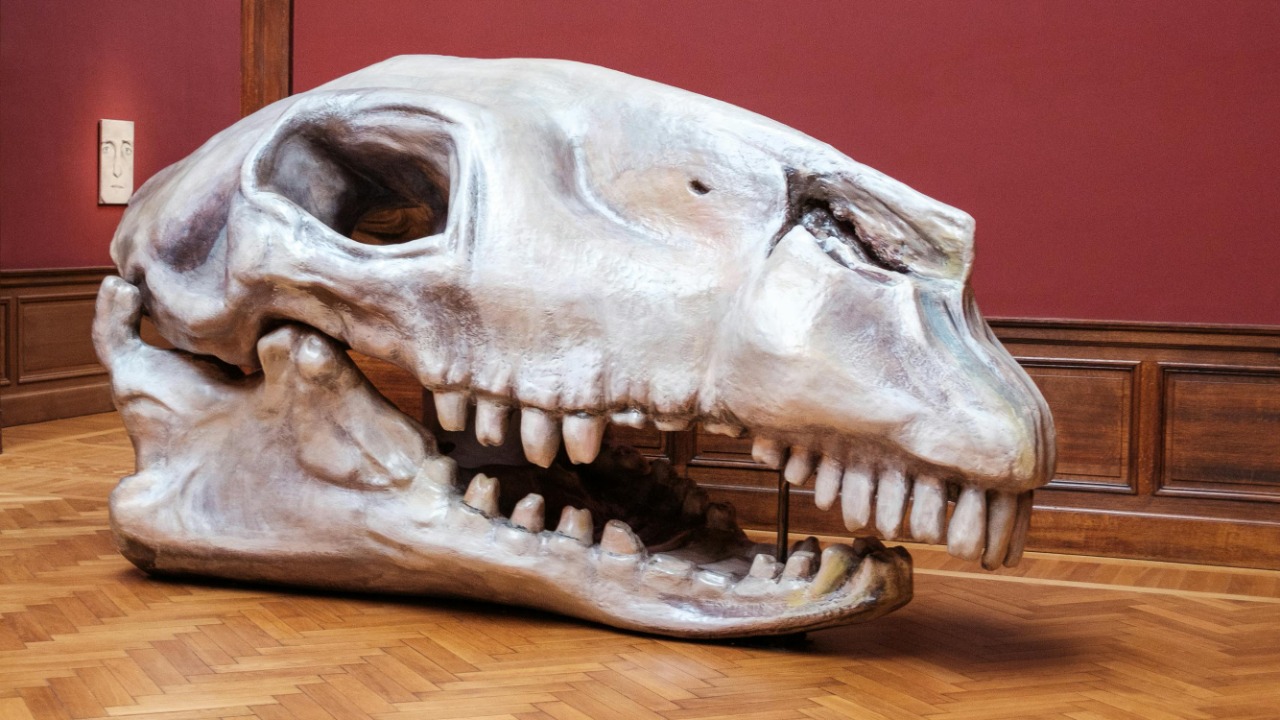
Recent analysis of ancient antelope teeth has provided unexpected insights into the lives of early humans, challenging long-held assumptions about their daily activities and environments. These findings, detailed in a study released on October 23, 2025, demonstrate how animal remains can shed light on human behaviors from thousands of years ago. By examining dental structures and wear patterns, researchers have uncovered concrete evidence of interactions between early humans and their surroundings.
Discovery of the Antelope Teeth
The ancient antelope teeth were unearthed at a significant archaeological site, providing a unique glimpse into the past. This site, known for its rich deposits of prehistoric artifacts, offered a well-preserved context for the teeth, which were found in layers dating back thousands of years. The initial identification process involved careful excavation and analysis, revealing that the teeth were remarkably well-preserved, allowing for detailed study. This preservation was crucial, as it enabled researchers to examine the teeth’s physical characteristics, which initially indicated their potential for revealing human-related information. The teeth’s condition suggested minimal post-depositional damage, making them ideal candidates for further analysis.
Researchers identified unique physical characteristics of the teeth, such as specific wear patterns and enamel thickness, which hinted at their potential to provide insights into early human life. These features suggested that the teeth could reveal information about the diets and behaviors of both the antelopes and the humans who interacted with them. The discovery of these teeth in such a well-preserved state was a significant breakthrough, as it allowed scientists to explore new avenues of research into early human lifestyles.
Methods of Analysis
The scientific techniques used to examine the antelope teeth were both advanced and interdisciplinary. Researchers employed microscopic analysis of enamel to study wear patterns, which provided clues about the antelopes’ diets and, by extension, the dietary habits of early humans. Isotopic testing was also conducted to gather information about the antelopes’ diets and the environments they inhabited. These methods allowed scientists to correlate the teeth with human occupation layers at the site, providing a clearer picture of the interactions between humans and their environment.
Dating the teeth was a critical aspect of the research, as it helped establish a timeline for human activity at the site. By using radiocarbon dating and other techniques, researchers were able to place the teeth within a specific timeframe, linking them to periods of known human occupation. This interdisciplinary approach, involving archaeologists, paleontologists, and dentists, was essential for accurately interpreting the dental evidence. The collaboration between these experts ensured that the findings were robust and reliable, providing a comprehensive understanding of early human life.
Insights into Early Human Diets and Hunting
The wear patterns observed on the antelope teeth offered valuable insights into early human diets and hunting practices. The specific types of damage found on the teeth suggested that early humans engaged in both hunting and scavenging activities. For instance, the presence of certain wear patterns indicated that humans may have used tools to process antelope carcasses, reflecting their hunting strategies. These findings provide a deeper understanding of how early humans obtained and processed food, highlighting the importance of antelope meat in their diets.
Additionally, the teeth revealed evidence of seasonal feeding behaviors in antelopes, which in turn reflected human exploitation strategies. By understanding the antelopes’ dietary patterns, researchers could infer the timing and methods of human hunting activities. This information is crucial for understanding the broader implications of human nutrition and survival strategies. The role of antelope meat in early diets underscores the adaptability and resourcefulness of early human populations, as they relied on available resources to sustain themselves.
Environmental and Cultural Contexts
The paleoenvironment reconstructed from the antelope teeth provided valuable insights into the vegetation types and climate conditions of the period. By analyzing the isotopic composition of the teeth, researchers were able to infer the types of plants the antelopes consumed, which in turn reflected the environmental conditions of the time. This information is vital for understanding how early humans adapted to their surroundings and the challenges they faced in securing food and resources.
Antelope migrations, inferred from dental isotopes, also offered clues about early human mobility and settlement patterns. The movement of antelope herds likely influenced human migration and settlement decisions, as early humans would have followed these animals to ensure a steady food supply. Additionally, cultural artifacts and tools found alongside the teeth provided further evidence of the relationship between humans and their environment. These artifacts demonstrated how early humans utilized available resources, including antelopes, to support their societies.
Broader Implications for Human Evolution
The insights gained from the antelope teeth have significant implications for our understanding of human evolution. These findings challenge existing timelines and theories about technological advancements in early human tool use for processing animal remains. The evidence suggests that early humans may have developed more sophisticated tools and techniques than previously thought, highlighting their ingenuity and adaptability.
Moreover, the study revealed unexpected human-animal interactions that alter our views on early social structures. The findings suggest that early humans had complex relationships with their environment, which may have influenced their social organization and cultural practices. These insights open new avenues for future research, emphasizing the importance of interdisciplinary studies in uncovering the complexities of early human life. As researchers continue to explore these findings, they will contribute to ongoing debates about early human adaptation and evolution, providing a more nuanced understanding of our ancestors’ lives.
For more detailed insights, you can refer to the original study.
More from MorningOverview